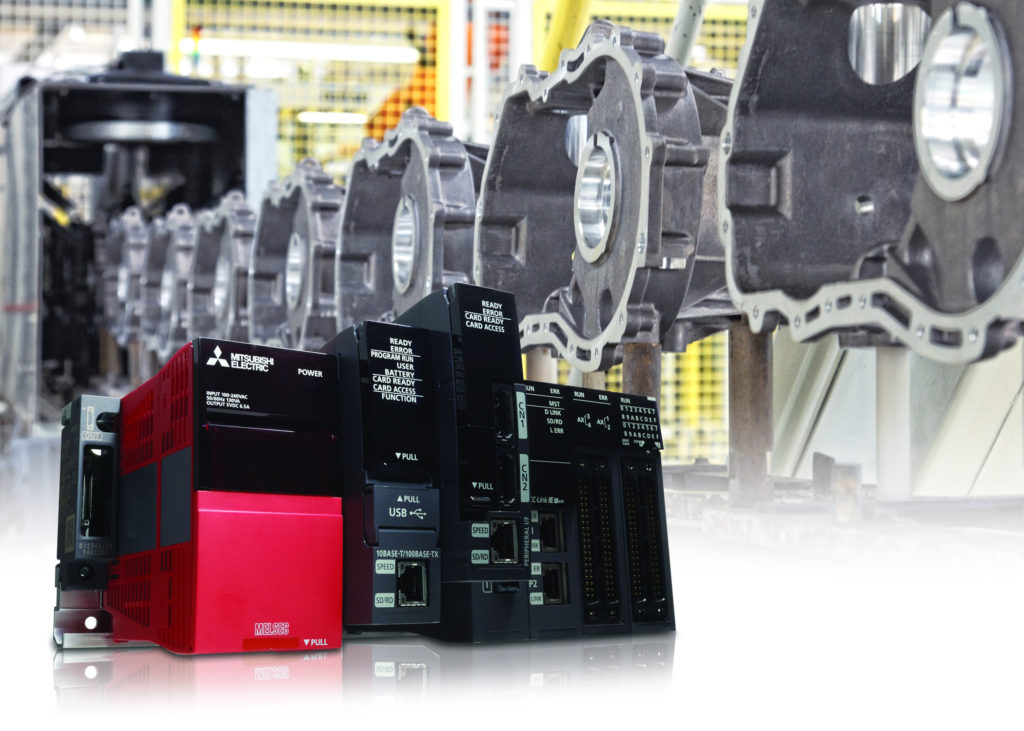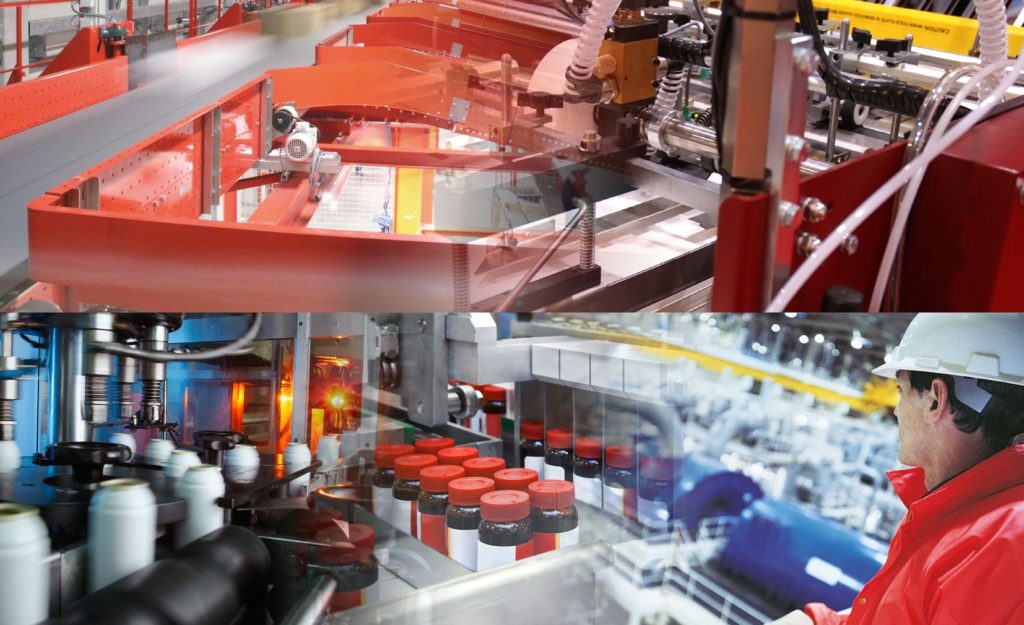With a host of new PLC modules making it feasible to implement full control of a complete production line without ever leaving the PLC rack, are we at risk of over-complicating a simple idea? Barry Weller argues that, actually, this is all for the better
The programmable logic controller (PLC) has come a long way in a relatively short time. While the origins can be traced back to the late 1960s, it was only really in the early 1990s that PLCs became recognisable as the ancestors of the powerful tools we know today – genuine control computers rather than simply sequential logic controllers implemented to replace hard-wired relays.
Of course the primary role of the PLC is still to run an automation program to sequentially control the different steps of a machine or system.
As you’d expect, the increased processing power and larger memory of the modern PLC mean that even the most complex automation programs can be handled with ease.
Now however there is so much more to the PLC, with enhanced data handling and communications capabilities adding to existing I/O strengths, along with the likes of dedicated, backplane-mounted motion controllers, process controllers, robotic controllers and more.

Systems integrators have also long benefitted from additional PLC components to provide gateways to higher level systems or for database management or to run more complex PC style high level language programs and let’s not forget the ability to add integrated safety CPUs to the PLC rack.
It is no surprise then that we are starting to see the ‘logic’ element of the name dropped in favour of referring to the programmable automation controller (PAC).
All of this has proved a real boon for systems integrators, making it easier to develop more sophisticated systems, freed from the traditional integration challenges and with significantly reduced commissioning times.
Now a new crop of PLC modules are coming to the market which promise to enable a whole next level of system sophistication on a single backplane.

Mitsubishi Electric, for example, has recently introduced a new integrated Robot Controller designed to mount on the backplane of an iQ-R series PLC alongside the existing modules and additionally the company has launched a CNC CPU module for the same PLC.
Such additions are really pushing the boundaries of what the PLC/PAC can do but does this mean we have over-complicated the PLC concept – a product that was developed, remember, to remove complexity from hard-wired relay logic control systems?
The reality is that the opposite is true. While the modular additions to the PLC mean that is capable of much more sophisticated levels of control, that sophistication does not imply increased complexity.
The modern PLC system remains absolutely faithful to the goal of the original relay replacement blocks, offering dramatic simplification over an equivalent system built up from discrete control products. More choice just means more options.
The modules for the likes of motion control, CNC, robot control, etc are powerful CPUs in their own right and offer many advantages over discrete controllers that an integrator might look at.
When applied as part of a PLC platform, they contribute towards integrated control of an entire manufacturing production line on a single backplane.
Not only does this improve overall performance but integration is simplified because all of the components are inherently designed to work together and do not require communication networks to transfer data and control commands.
Programming is simplified, too, as all of the different modules can be programmed within a single environment, saving time and costs in both the design and commissioning stages.
In addition, replacing discrete on-machine controls with PLC backplane modules will frequently reduce overall hardware costs.
For example, by employing Mitsubishi Electric’s new C80 CNC CPU, systems integrators could meet the needs of complex automated manufacturing requirements that would previously have required several different CNC solutions and controllers.
Similarly, PLC robot control modules could also save on hardware costs, with a single controller able not only to drive all of the robot axes but several other servo axes at the same time.
Further, systems integrators frequently find that moving to PLC modules saves time, reduces costs and eliminates complexity but also that it actually allows them to implement greater levels of sophistication.
They are able to provide end users with machines and systems that offer increased production speeds and improved product quality, in a package that reduces overall floor space requirements.
The latest introductions of PLC modules also provide enhanced retrofit opportunities, enabling systems integrators to add new functionality to machines and systems, all without ground-up re-engineering and without a massive re-working of the control panel.
We can see, then, that while at first glance the recent developments in PLC modules are actually making life more straightforward for systems integrators.
More choice for the rack means that more applications can be solved from a single platform, while programming time, integration complexity and commissioning effort are all reduced.
The PLC has stayed true to its principles, continuing make the lives of systems integrators easier and customer applications run more effectively.
Barry Weller is with Mitsubishi Electric.
 Engineer News Network The ultimate online news and information resource for today’s engineer
Engineer News Network The ultimate online news and information resource for today’s engineer





